Podcast: Having Fun and Managing Stress in Winter Sports
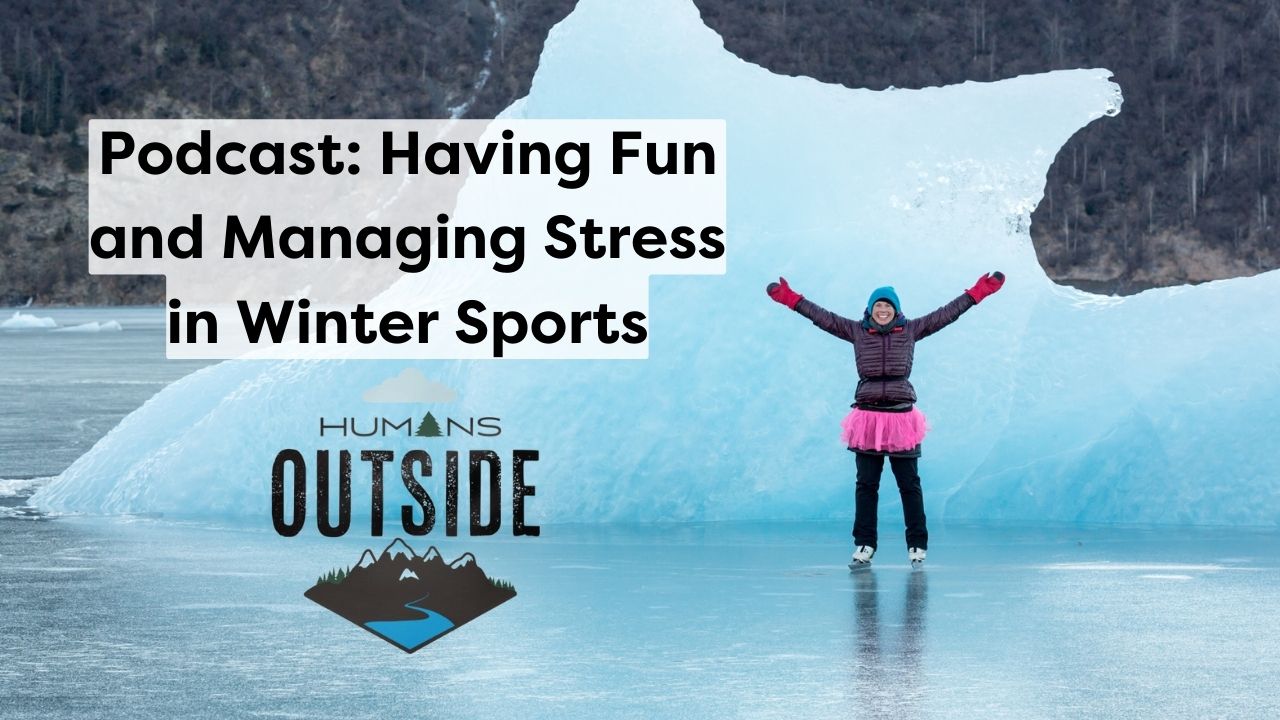
Why Outside Challenges Like Harsh Weather Can Feel Bad and What to Do About It
Amy Bushatz and I love to talk about cold weather! A couple of months ago, I joined Amy on her podcast, Humans Outside, to talk about cold weather layering. If you missed it, here’s what we talked about last time and where to listen.
We wanted to continue our conversation on cold weather with another episode! This time, we took a different angle, focusing specifically on the emotions of cold weather. Have you ever noticed how stressful outdoor adventures can feel in the winter? Amy and I sure have.
Learning to have fun outside in the cold weather is a practice, but there are a few tools and tricks we’ve found over the years. Through this conversation, we hope to spark some ideas for your own time in winter wonderland.
Like me, Amy also lives in Alaska. She started the Humans Outside Challenge, which creates structure to help folks spend at least 20 minutes outside for one full year. Amy herself has spen...
How to Practice Self Care: Winter Wilderness Adventures

Self Care for the Winter Season
Taking good care of your body and mind is important in both everyday life and our outdoor lifestyles. Self care is an especially important concept for winter, when sometimes our mood and energy level can drop. So what does that look like? Here are four tools for wilderness lovers to practice self care this winter.
Tool #1: Using Titration to Grow without Overwhelm
Titration is one of our most important nervous system concepts here at Mind & Mountain. It’s originally a term from chemistry, but when applied to the nervous system it means adding challenge slowly, in small, and manageable doses. Picture adding liquid one drop at a time into a beaker: that’s titration.
Like a chemical reaction overheating or bubbling over, doing too much too fast can flood our nervous systems. When our brain gets flooded, it literally changes how it functions: the rational part of our brains shut down while our fear and survival zones kick into high gear. This is great fo...
Three Exercises for Backcountry Skiers: Training for a Strong Winter

Why exercise at home for stronger ski days?
Winter is here and it’s time to hit the slopes! As we get our winter gear out, it’s important to think about how to tune up our minds & bodies for the season, too.
One of the best things you can do to stay strong and injury free this winter is to prep with a little strength training. Doing some exercises at home, even in small doses, is a really effective way of staying healthy on your skis. Nothing ruins ski season like being sidelined with an injury!
On top of that, practicing functional movements at home can build the muscle memory to help your technique come together early in the season. By building your endurance and practicing healthy movement patterns in pre-season, you can jump start your season and ski strong all winter long.
Three strength moves for backcountry skiers
We’re going to take you through three moves we love for building strength for ski season. Each of these movements imitates an action that we use in the backcountr...
Wintering: Navigating Seasonal Transitions with Intention

Transitions can be tough
Everything in life happens in cycles, in both nature and our inner worlds. Not everything can be a time of high-energy growth like summer. Seasons change, whether we want them to or not, and some seasons bring a slower pace.
If winter is hard for you, you’re not alone. It’s normal and common to be affected by the dark, cold seasons. Changing seasons can be hard! We can get comfortable in the season we’re in and we don’t want it to end. But we can learn to get through those tough changes with grace.
Let’s talk about how to navigate both natural and personal winters.
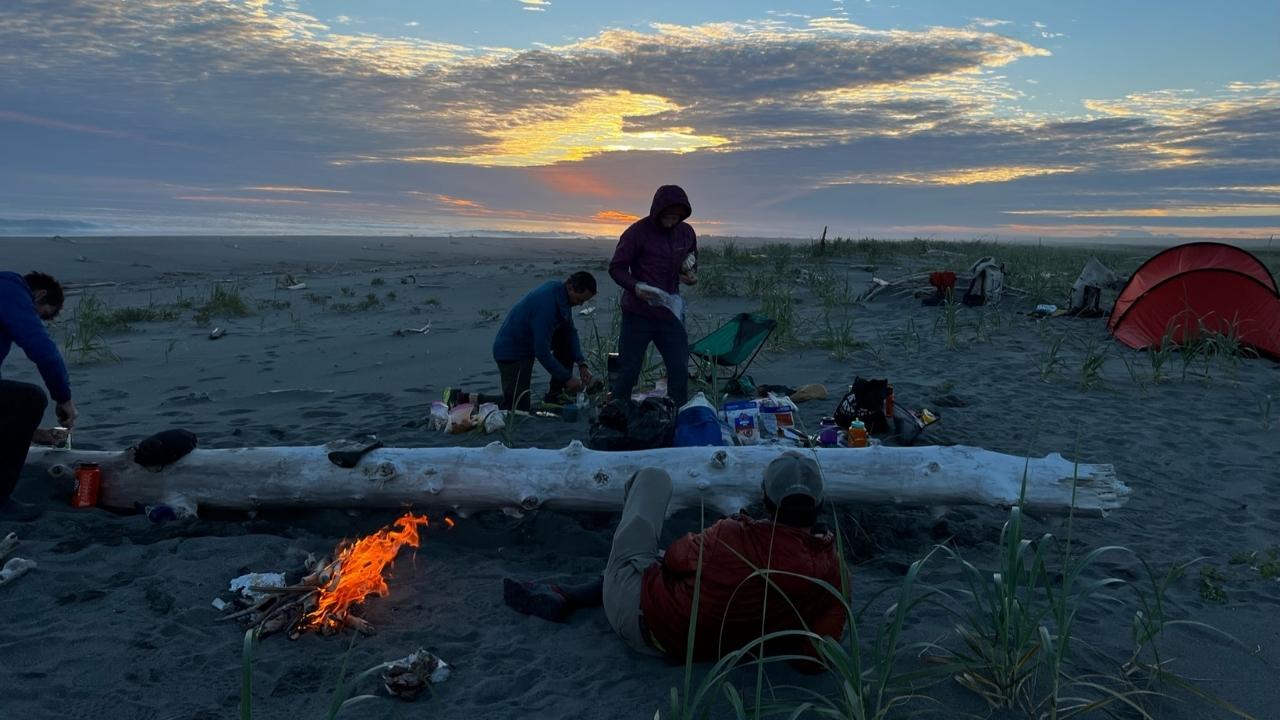
The Two Types of Winters
There are two types of winter transitions we’ll talk about. First, we have the literal changing of the seasons that we in the Northern Hemisphere are moving toward right now. Temperatures drop, the days are shorter, and the sun is weaker. During winter, we often sleep more. We might not want to leave the house as much. Our overall mood and energy levels can be lower.
...Weakest Link Syndrome: What It Is and How to Overcome it

What is Weakest Link Syndrome?
Weakest Link Syndrome refers to the experience of feeling like you’re the slowest one in the group and that it’s harder for you than it is for other people.
The origins of this term are under debate - I learned it from my husband Luc who credits his friend Erica, but Erica says it didn’t come from her! It’s a hot debate. Regardless of its origins, the experience of Weakest Link Syndrome is extremely common, very relatable, and there’s no shame in having it!
Let’s unpack what Weakest Link Syndrome looks like and the strategies we can use to work with it.
Whether we’re out skiing, biking, or backpacking, many of us have felt like we’re the slowest person in the group. Think of it as anytime you feel like you’re the ‘weakest link’ in the group. This could be struggling to keep up, learning new things, or being a beginner at something when you feel like you ‘should’ be further along. These experiences can bring up really normal feelings of insecurity and ...
How to Choose a Route for Your First Backpacking Trip

Let's find you the best route for your first backpacking trip
Whether you’re dreaming of days in the mountains, along coastlines, or through the desert, planning your first backpacking trip is an exciting process. Congratulations on making moves toward this rewarding new hobby! To make your experience as positive and fun as possible, it’s important to find a beginner-friendly backpacking route that suits your experience level.
Here are some tips for finding the best route for your first backpacking trip.
Where to Find Ideas for Beginner-Friendly Backpacking Routes
When looking for ideas for your first backpacking trip, where should you start? Good news: there are lots of great resources to identify beginner-friendly routes. As you’re researching, try to find information about the same route from multiple sources. If you find broad agreement across several sources about a route, you can feel more confident in that information.
Outdoor stores
Pop into a local gear shop and ask an a...
Backpacking Risk and Emergency Planning: What You Need to Know

Educating Ourselves Around Planning and Preparedness
After you have gained a full picture of what risks you’ll be dealing with on your trip, you can then formulate your risk and emergency plan. In order to do that, educating ourselves around risk can build our confidence and mitigate the real risks we might face. For backpackers of all backgrounds and experience levels, the best thing you can do for your own safety is planning and preparedness.
Before diving into this post, read up on the basics of risk management and safety in our previous post, which will lay the groundwork for this discussion. In this post, we’ll get into more detail about specific concerns as well as creating your risk mitigation plan.
Assessing Risk: How Many Lemons Do You Have?
In our last blog post, we talked about how to identify risks and introduced the idea of each major risk as a (metaphorical) lemon. Consider creating a document with a list of risks and how severe the risk is (i.e., how many lemons). Th...
Backpacking Risk Management and Safety: What you need to know
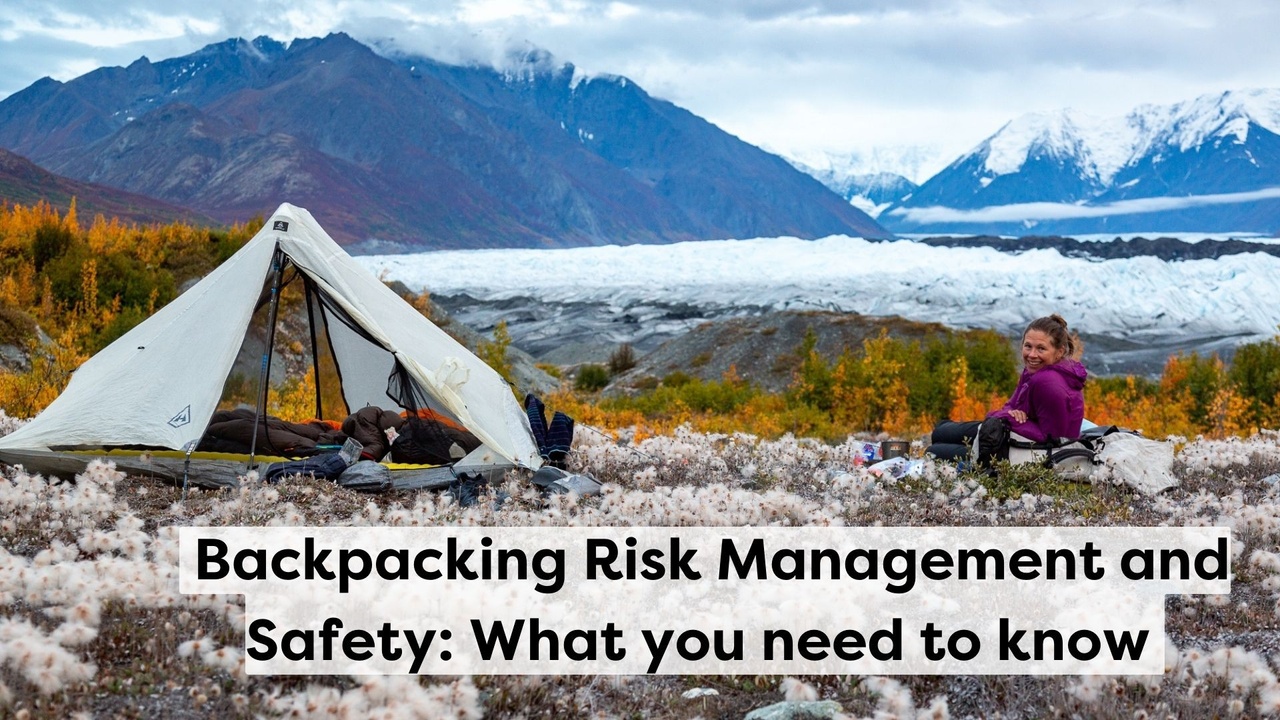
Planning essentials for backpacking trips
Risk management is one of the most important elements of planning for backpacking trips. Whether it’s your first trip or your two hundredth, spending time thinking through the hazards you might encounter and what you’ll do about them is essential both for your own safety and for those with you.
While you can never completely eliminate risk, appropriate planning means you will be more prepared if something bad does happen. Having a safety plan can mean big wins like smarter decision making, shorter time to receive rescue assistance, or the ability to handle the situation on your own without needing outside assistance at all.
Let’s dive into principles of risk management in backpacking and how you can manage your safety proactively and mindfully.
How to Assess Risk and Safety for Backpacking Trips
The first step to managing risk is thinking through and understanding what risks will exist on your trip. Thorough risk assessment means a safer,...
Sore Hips and Backpacking: What You Need to Know
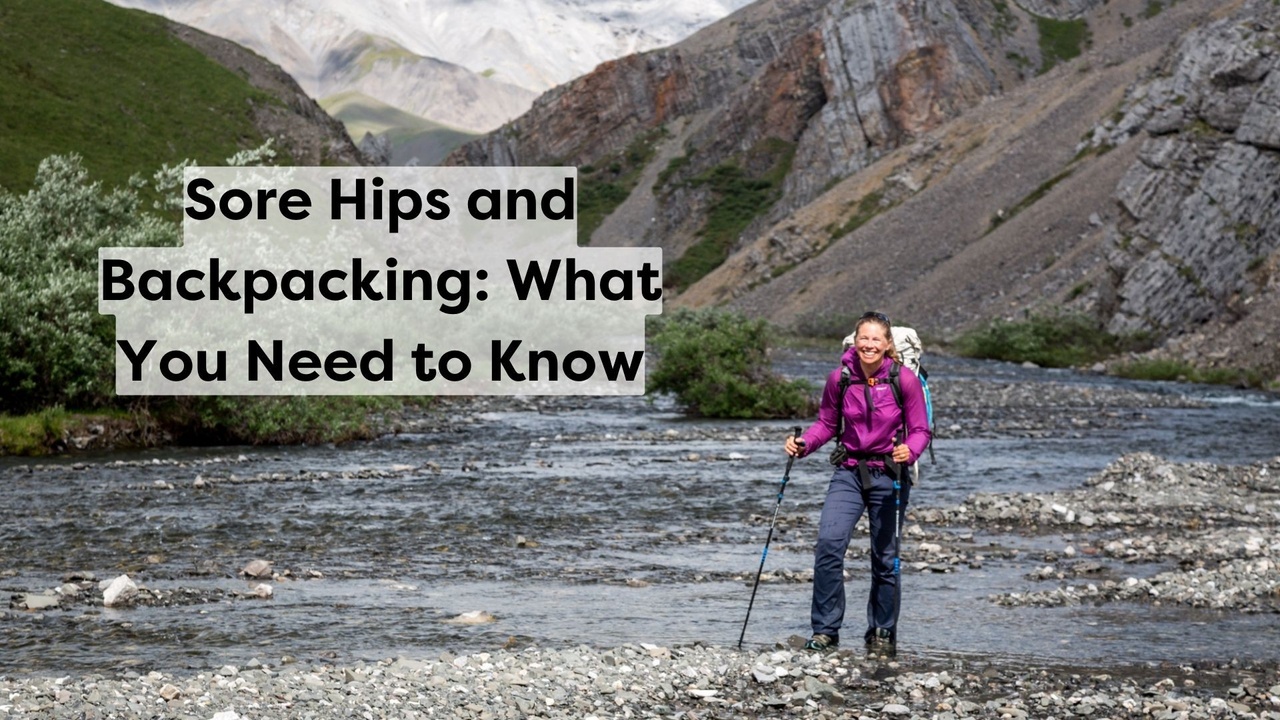
Prevent Sore Hips from Backpacking
After a challenging day of backpacking, many people experience soreness around their hips. While sore hips are an extremely common problem for hikers and backpackers, the pain can put a damper on the rest of the trip. Thankfully, there are solutions! Let’s talk about what causes sore hips, then we’ll break down what you can do about it.
Why do my hips hurt while backpacking?
Our hips are key for powering the action of walking. They propel our legs forward and keep us stable and balanced. When you spend a long day out walking in the mountains, that adds up to a lot of hip exertion.
But it’s not just the long days. Backpacking adds another key ingredient: weight. Most of us don’t carry around 20-30 extra lbs for hours (or days!) at a time, but that’s exactly how we’re spending our days out on the trails. Our hips have to work much harder to power us with that much extra weight.
The position of the weight also matters. Backpacks are designed to...
Mindful Summer: Fitting in Adventures and Rest with Less Stress
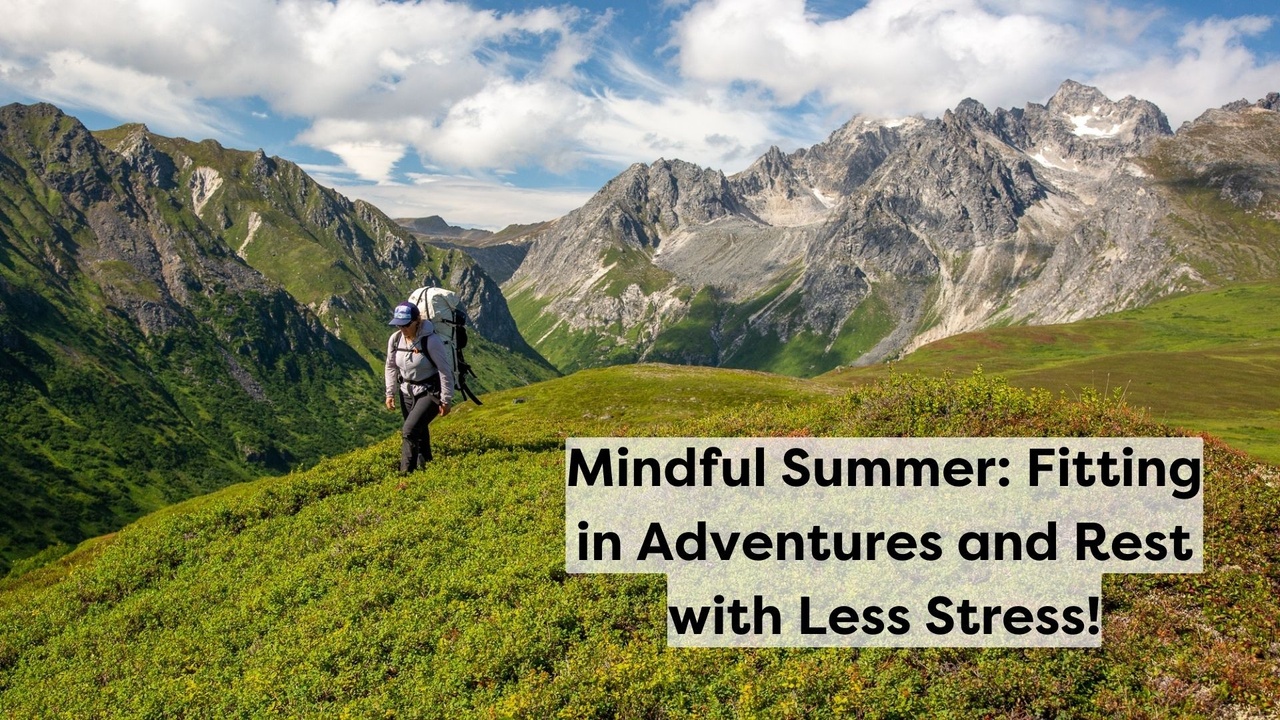
Mindful Planning for a Full Summer
Spring is here. The thaw is in progress. The snow is gradually retreating from the peaks and melting its way into streams. Plant life is beginning to burst joyfully from the soil. And we humans are getting our first real taste of the intoxicating effects of brighter days.
With the promise of summer only a few weeks away, planning warm weather adventures is in full swing. It’s so exciting to feel the anticipation for all of these and experiences on the horizon.
The shifting of the season fills our spirits with renewed energy for life, but as with anything, we can have too much of a good thing. The burst of energy might have us overcommitting, overstressing, and setting ourselves up for a frazzled, frantic summer instead of a season where we thrive.
Yes, summer is precious. If we don’t make intentional plans, time can slip through our fingers and we can miss beautiful opportunities. On the other hand, swing the pendulum too far the other way, and...
